Just came back from Guilin... I didn't make any mistakes during the whole trip 🫡 The best part of Guilin + Yangshuo‼ ️
J
Jon
about 23 hours ago
- Important things should be said three times! When you eat rice noodles, don't ask the price❗️Just tell the boss that it's 2 taels of rice noodles!! If you don't ask, it's 6 yuan. If you ask, he will recommend you the signature gold medal rice noodles for 20 yuan
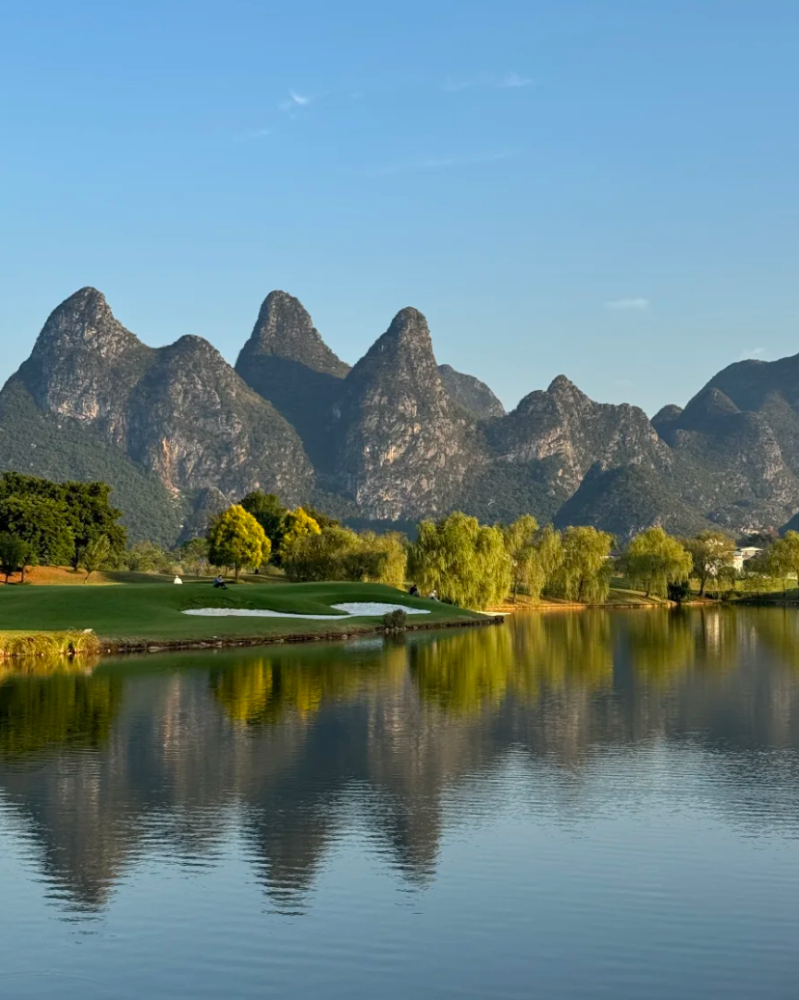
- Don't believe the taxi driver who says he will give you a discount to take you into the scenic area. They do have ways, but they won't give you a discount for nothing
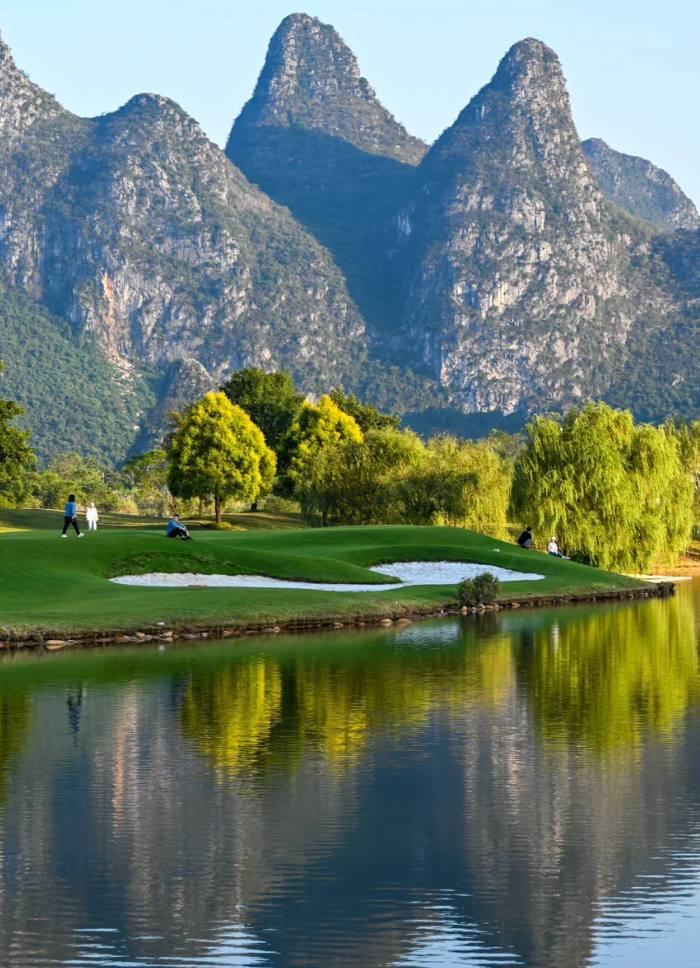
- Don't believe the aunties soliciting customers on the roadside in Yangshuo, you will be ripped off
- Don't buy things in the scenic area. You can buy the same souvenirs in the roadside stalls and stores outside, and they can be more than half cheaper
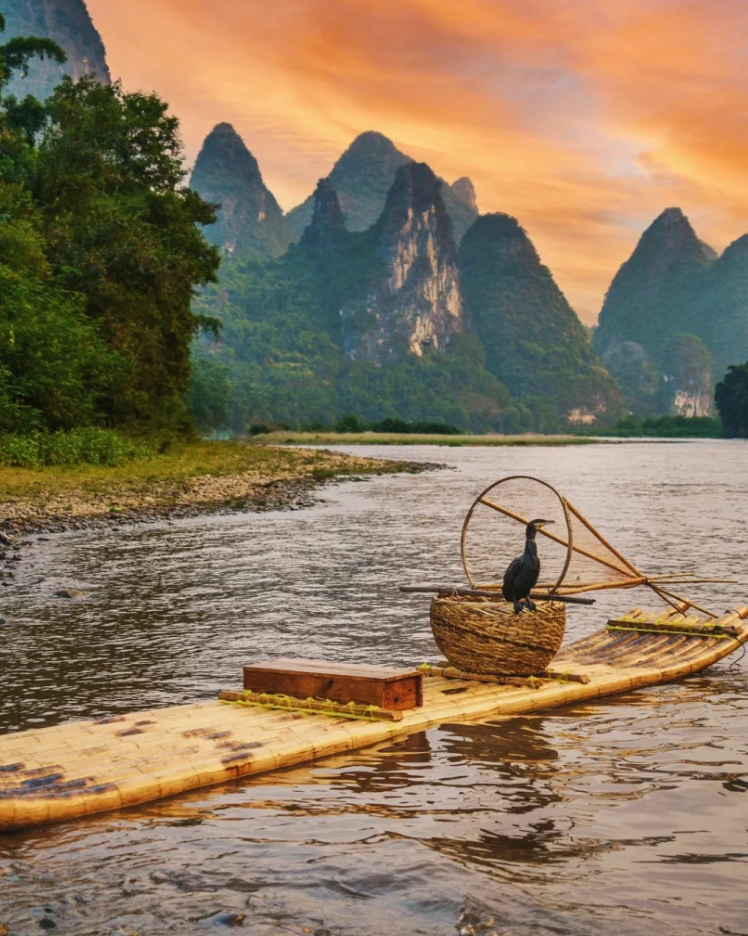
- It is recommended to rent a small electric donkey or bicycle to travel in the scenic areas in Yangshuo. The Ten-mile Gallery will be so congested that you doubt your life
- In Yangshuo, I really strongly recommend not to eat beer fish❗️That is tomato stewed fish. A fish will really cost you 600. It is recommended to eat at local chain restaurants. Chunji roast goose is delicious and reasonably priced👌
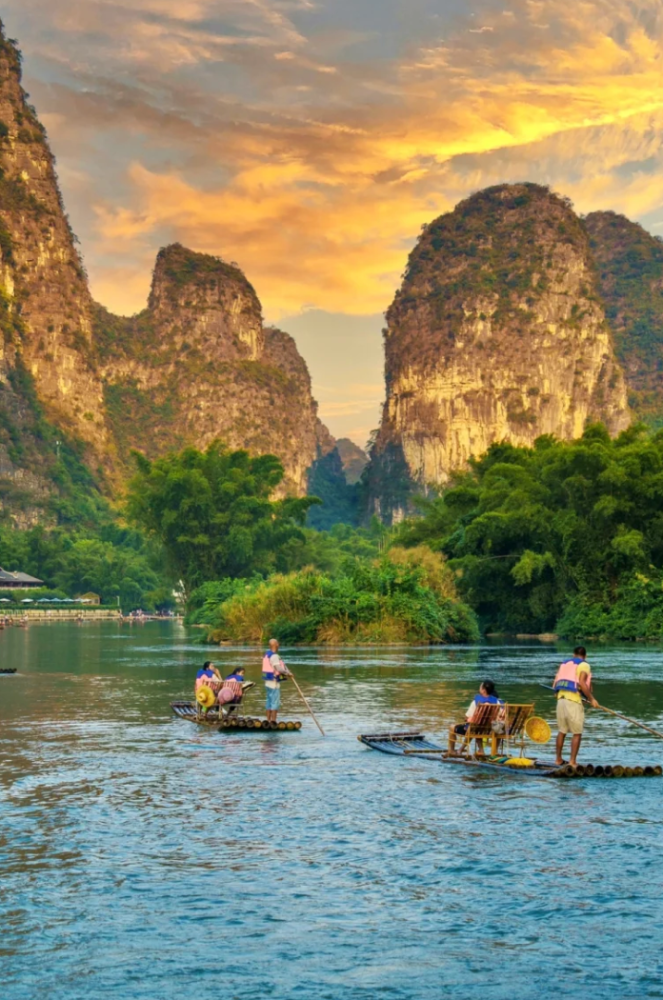
- You can go to Xingping Ancient Town to eat and play, but don't stay there🙅 It's a small town, and there's no one at night
- Don't rent a car near the scenic spot in Yangshuo. Compare more and you'll find a good value for money
- Prepare raincoats and slippers in advance for Yulong River Rafting. It's more expensive to rent on site
✅✅✅Recommend some correct ways to play

⭕️Any rice noodle in Guilin is delicious. Don't stick to the popular rice noodle shops
⭕️There is a [Big Beard Rice Noodle] in Yangshuo. If you're not a local, you don't know that his signature braised rice noodles are really amazing
⭕️Highly recommend [Haitian Rice Noodle Roll] It's not the kind of rice noodle roll in Guangdong. It's really amazing. It's so delicious that you lick the plate. His spicy sauce is very Guilin-style
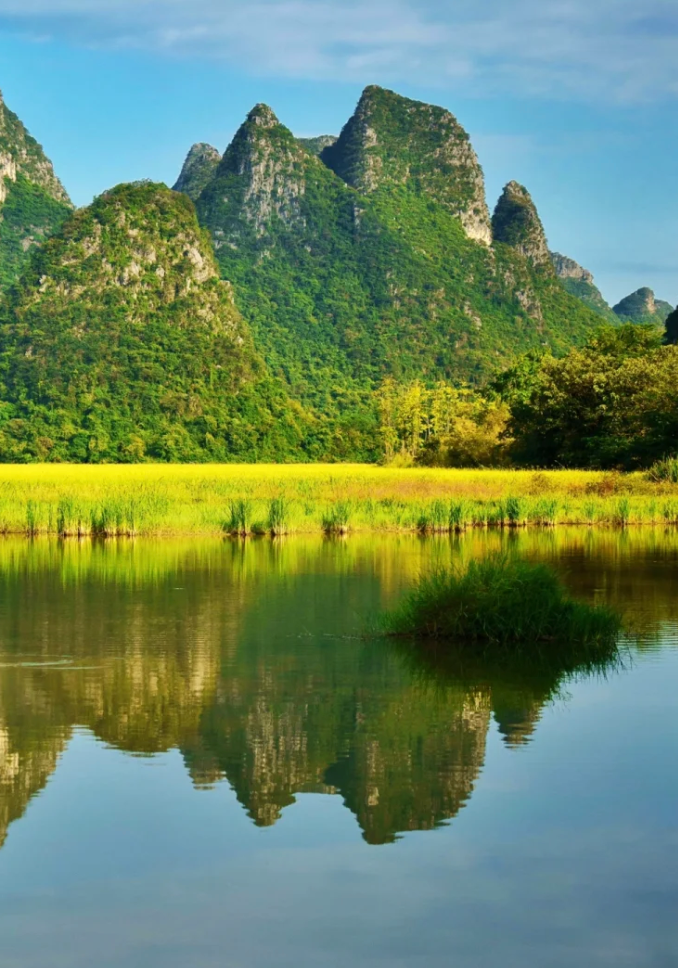
⭕️Recommend [Vietnamese Rice Roll] in Tiexi. It's a long one, similar to rice noodle roll but different from rice noodle roll. The breakfast there can be said to be a one-stop service
⭕️Be sure to try the [Glutinous Rice Roll] for three yuan each. Believe me, you'll be addicted! Personally, I think it tastes better than Guizhou! Recommend Nuoxiang Station👍
⭕️There are many scenic cafes near Xiangbi Hill, which are worth a try and you can see the beautiful sunset
⭕️If you don’t want to be stuck in traffic in Yangshuo, rent a small electric donkey and bicycle to play
⭕️There is a Bingquan soy milk shop in Yangshuo, which is the childhood memory of many Guangxi people. The ice bean curd in it is delicious
⭕️You must drink grandma’s handmade milk tea, the best local milk tea brand in Guangxi. All of his signatures are what I like, especially the longan milk tea
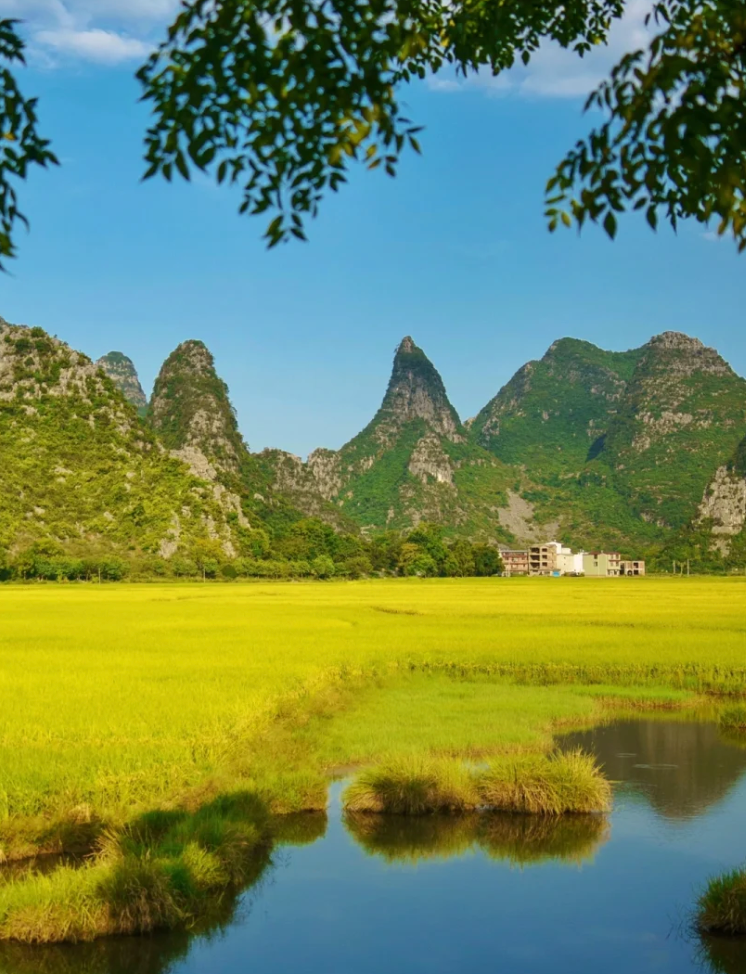
💗I really think Guilin is worth a visit! It’s not the beauty in the filter, but the kind of beautiful sunset that you can enjoy in any leisure time when you take a picture of it. 🌄Other unknown places may make you feel like you are in a paradise❤️
0 likes
Comments
Sign in to join the conversation
Sign InNo comments yet. Be the first to share your thoughts!